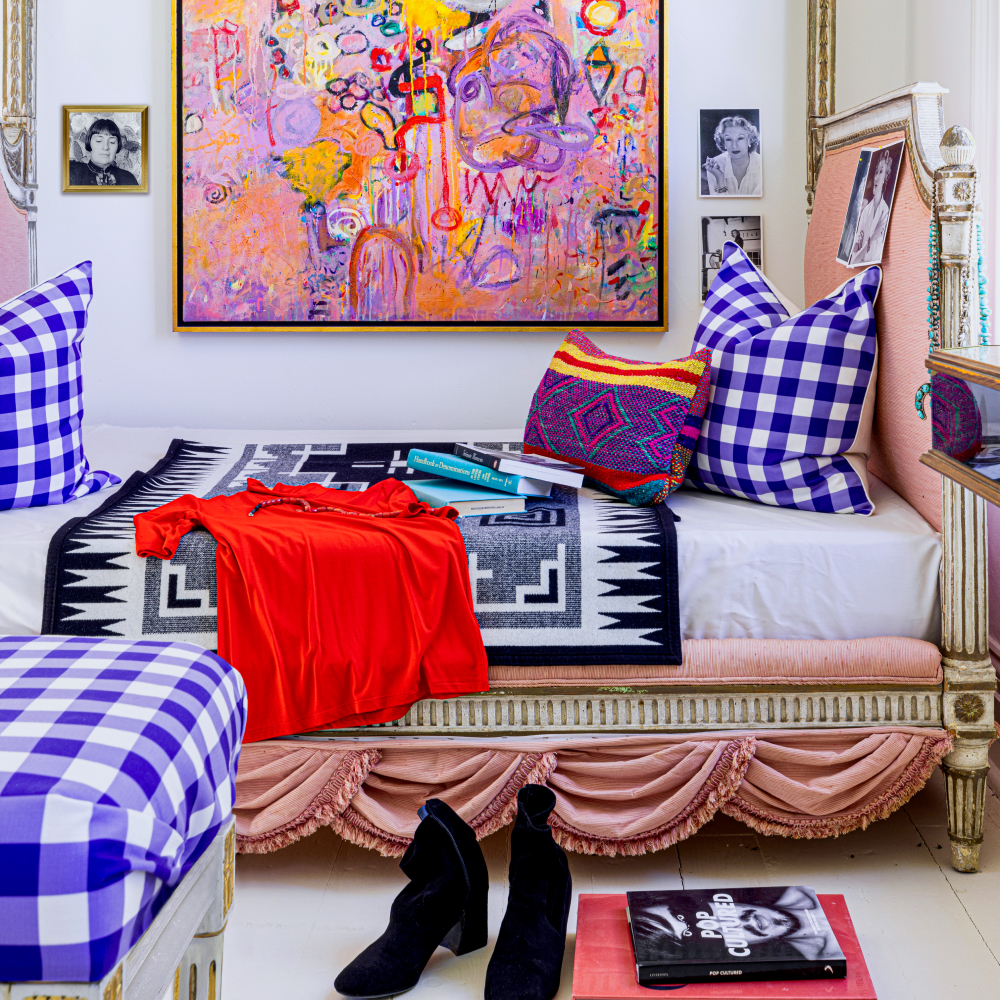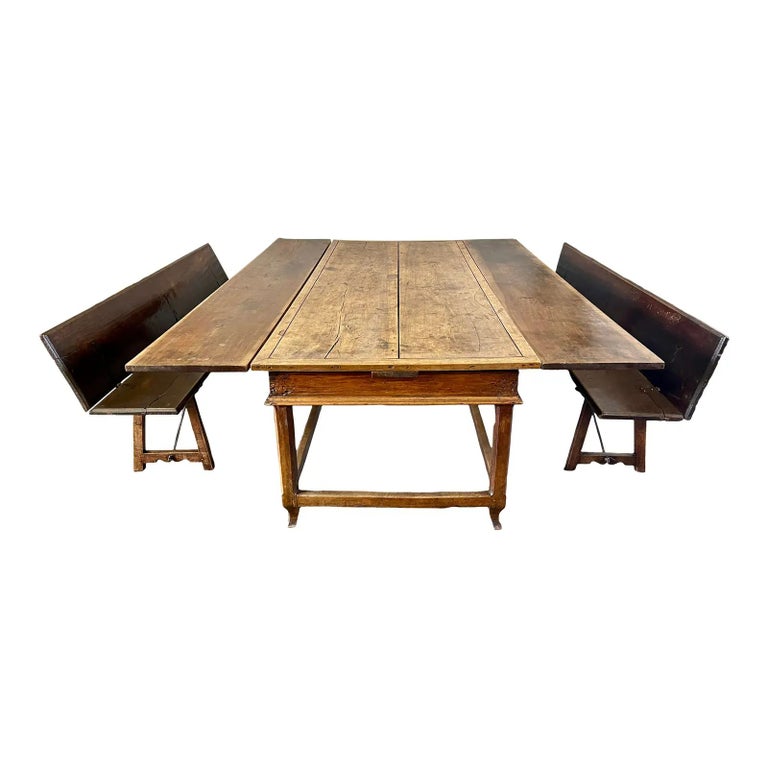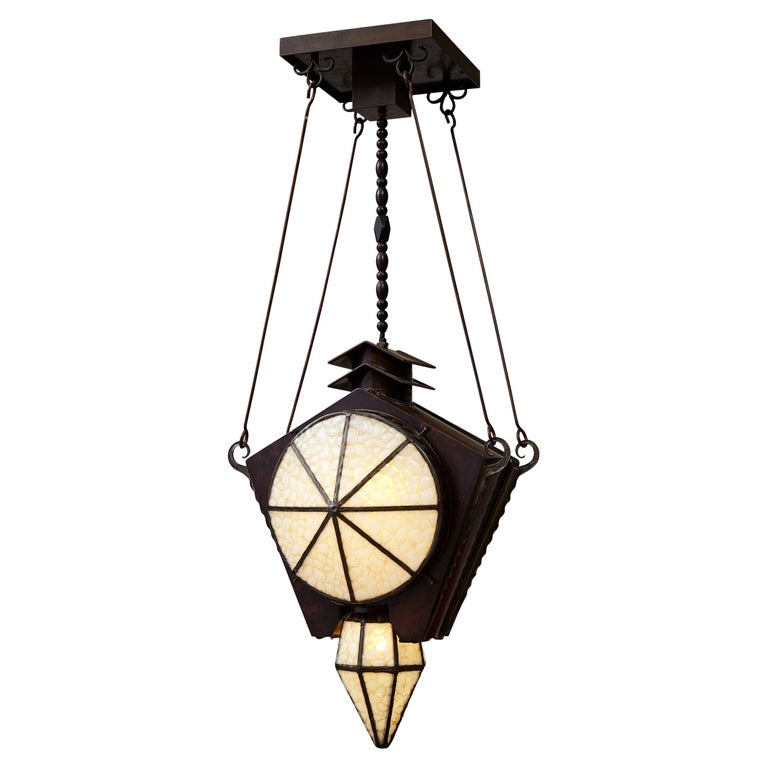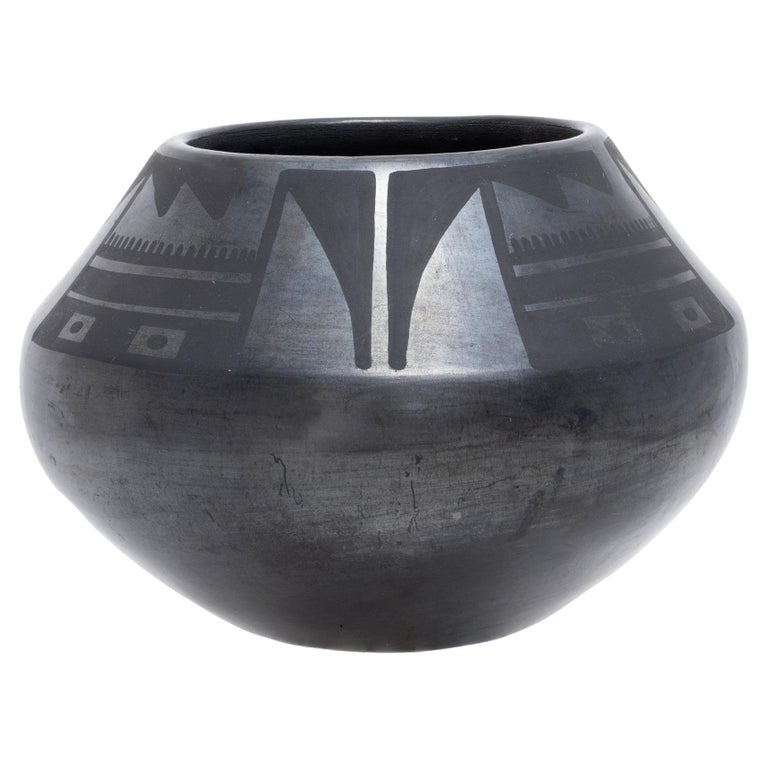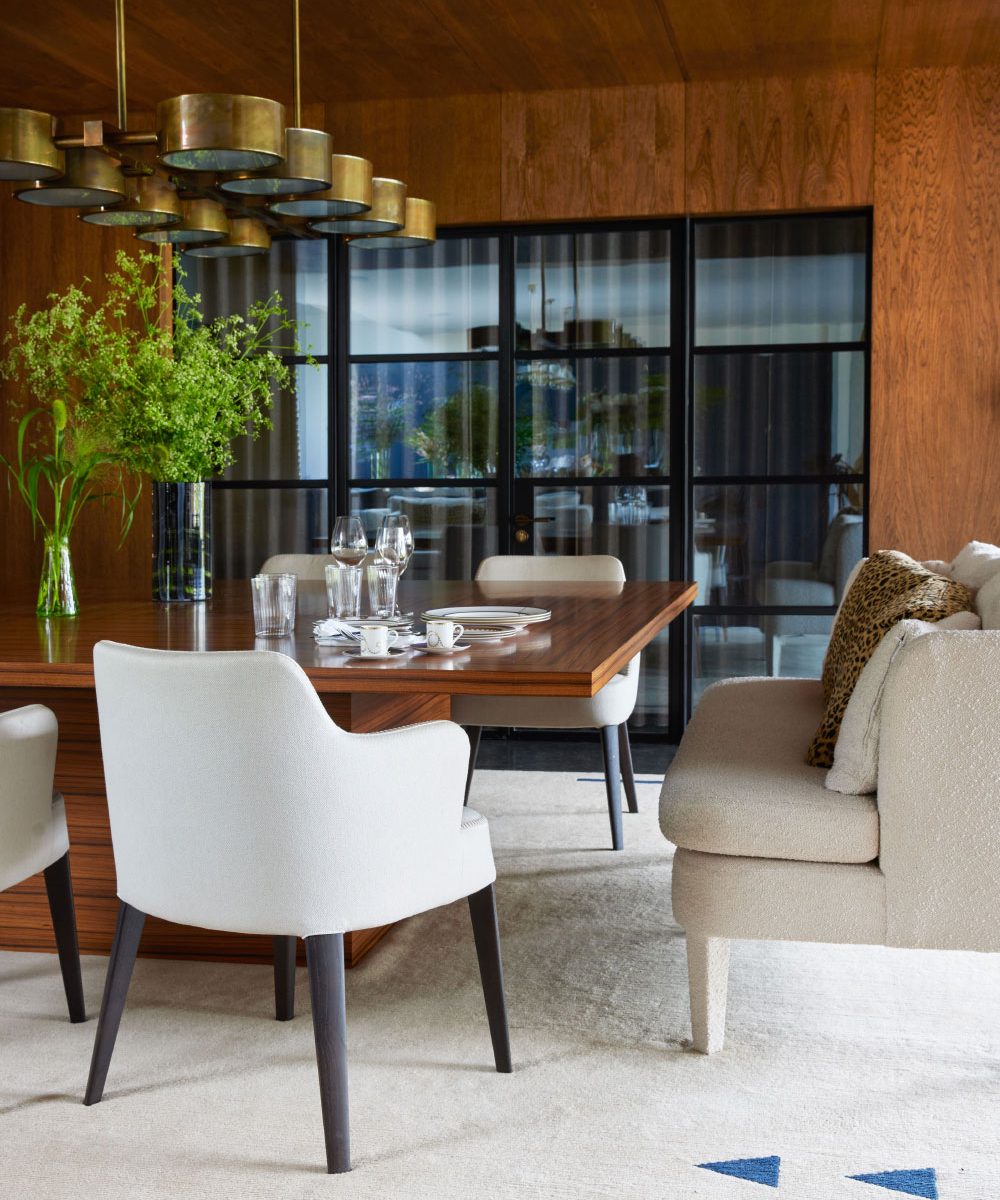March 24, 2024“It’s so in the zeitgeist,” says Missouri-based designer Kelee Katillac, referring to what she perceives as the current vogue in historic styles. “There is so much interest in historic properties from legacy clients in what I call the ‘wise phase’ of life, from forty and above.
“Then,” she continues, “there is the maker movement of millennials and younger, who want something more meaningful and authentic. Even in affordable housing, historic preservation is suddenly popular, especially the idea of reclaiming vacant industrial spaces.”
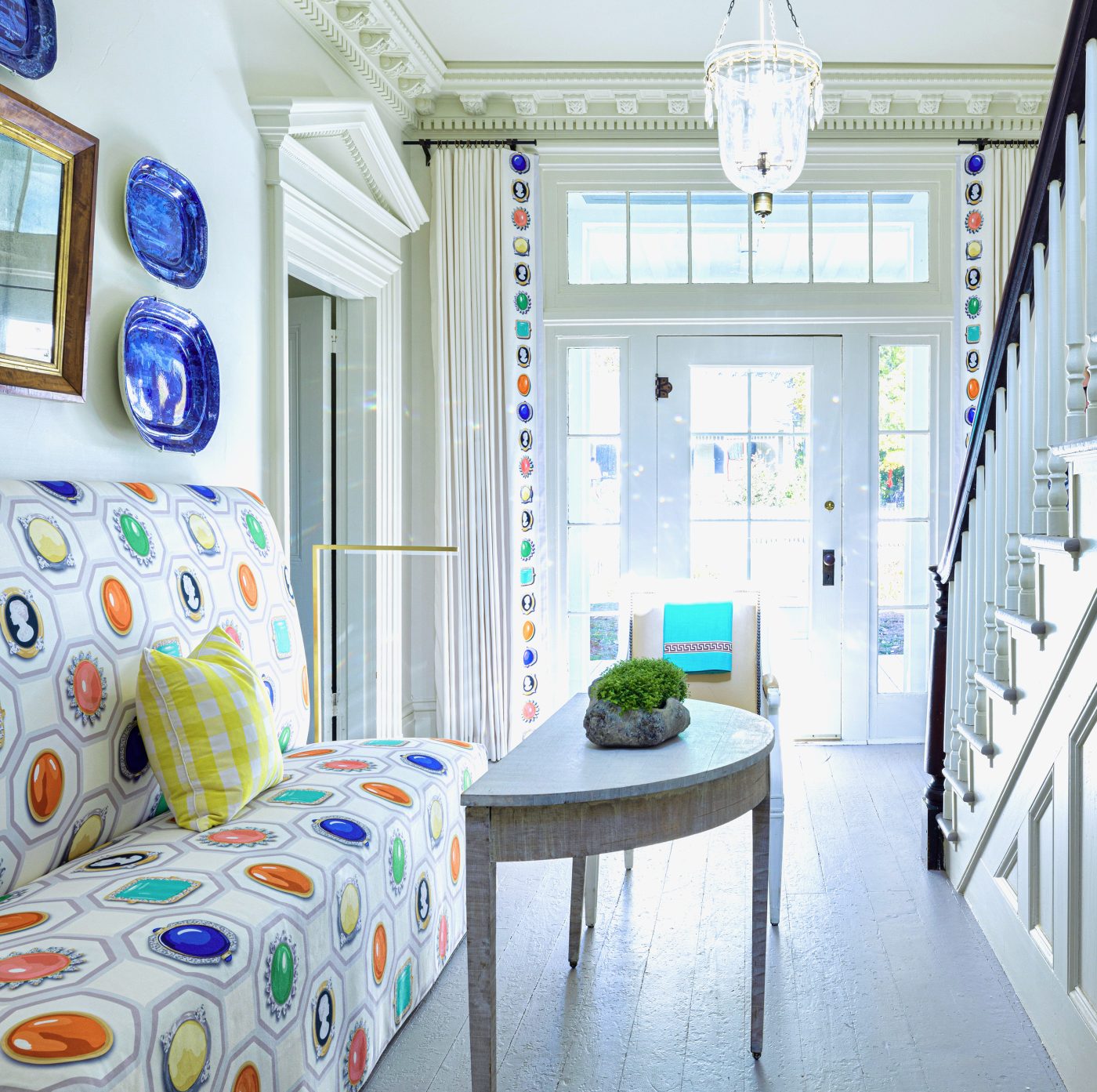
Not everyone may agree with Katillac. But she talks with such winning positivity about what she refers to as a new “democratization of preservation” that it’s hard to resist her conviction.
Yes, historic preservation is still expensive and generally governed by a rigorous set of rules. But she hopes her new book, Historic Style: Kelee Katillac, Honoring the Past with Design for Today — a two-year labor of love that she asked me to help her write — appeals to everyone. With it, she aims to show how even those not in the throes of restoring a historic property can make traditional styles feel up-to-date and, yes, even hip.

Katillac covers a lot of ground in the book’s 360 pages. It is a monograph, of course, highlighting a number of her projects. But it also functions as a kind of manual for historic preservation, offering advice about what is allowed and what’s not, as well as how to deal with both creatively. And it includes substantial passages about such famous landmarked historic properties as Mount Vernon, Monticello and Montpelier. In addition, there is a section called “The Design Lab,” in which she employs computer renderings to illustrate how one can contemporize and recontextualize historical styles.
Released at the end of last year, the book was recently honored by Missouri Preservation with its Osmund Overby Award for “published works that contribute to the documentation and interpretation of Missouri’s architectural history.”
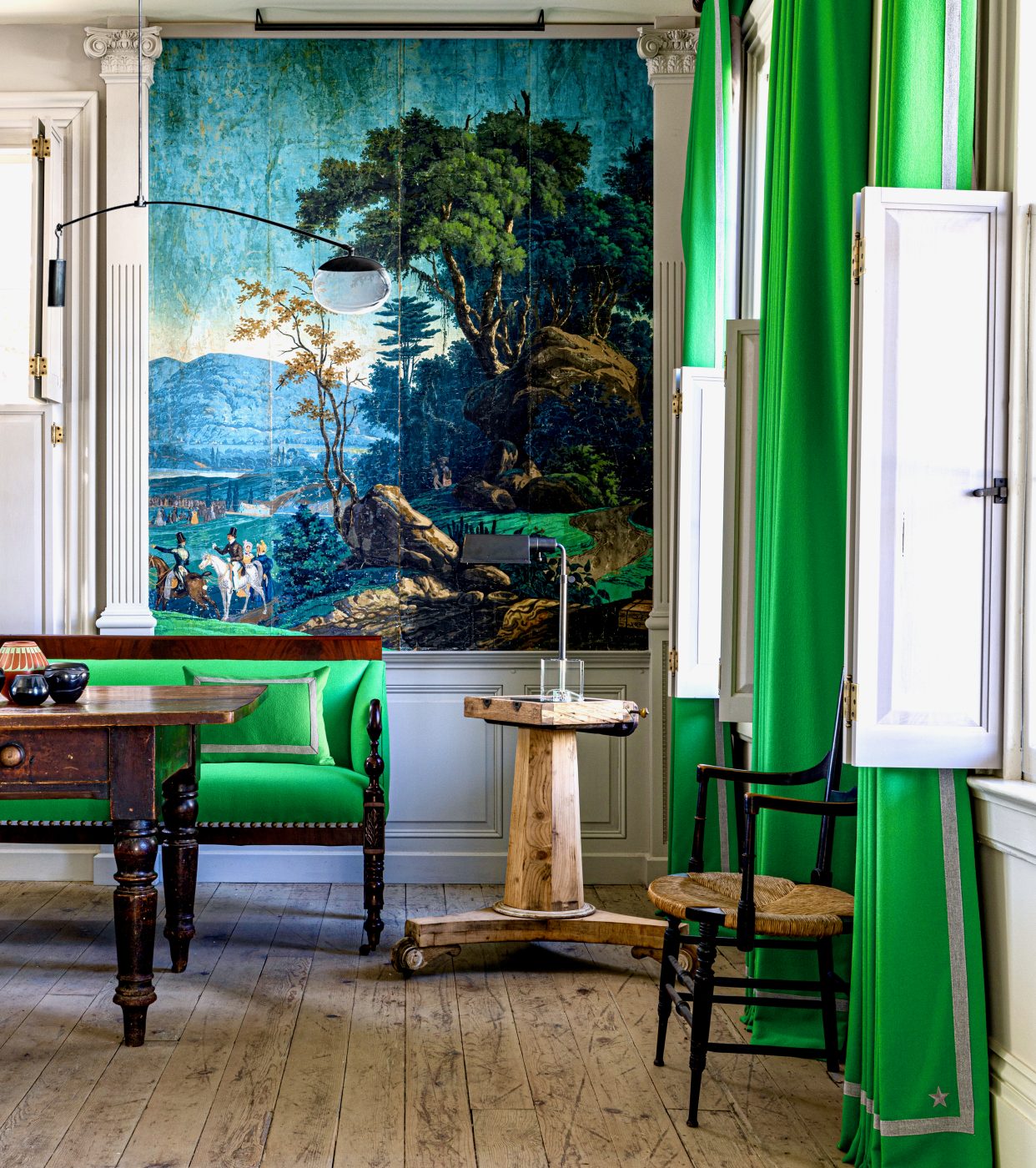
But the book reached well beyond Missouri, thanks to what you might call Katillac’s nonlinear thinking, which makes connections across centuries, genres and continents. In its pages, she pulls inspiration and examples from historic residences like Malmaison, in France, and ones in the American South, New England and the American West.
It is also the rare design book to embrace a complete view of historic American style as not just the product of European colonialism. Instead, it highlights the combined contributions of many Black, indigenous and other non-white artisans and laborers, plus women (Dollie Madison, Josephine Bonaparte) who employed style to wield political power and gay visionaries like Henry Davis Sleeper (1878–1934), an out decorator who used the rooms of Beauport, his mansion in Gloucester, Massachusetts, as a way to reinterpret different genres of historic decor.
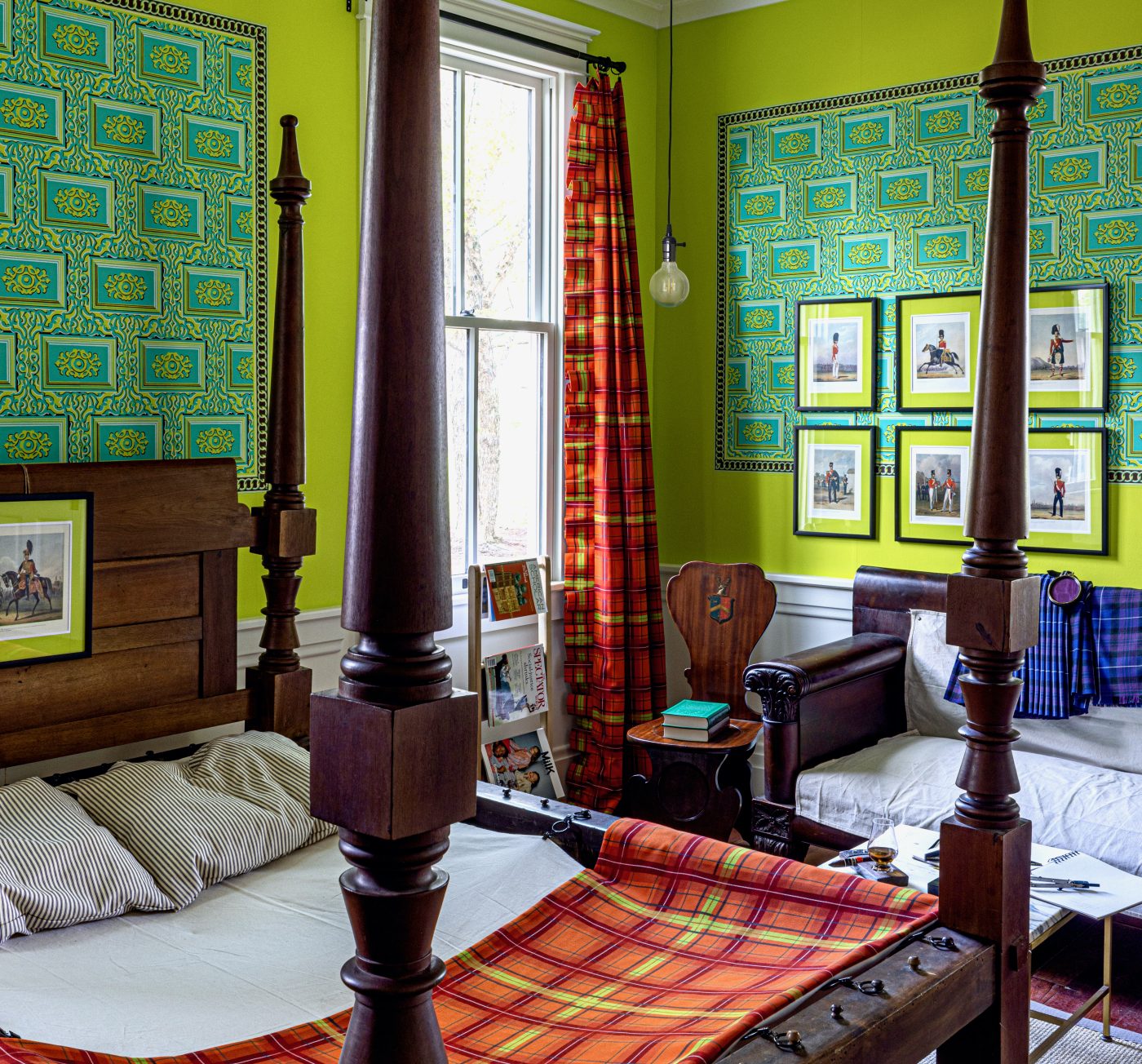
“Historic Style is meant to say thank you to all cocreators of these historic homes in America,” says Katillac, “and the glorious healing that happens when we say, ‘I see you, I honor you.’ ”
The book illustrates many strategies for approaching historically inspired interiors more holistically. Not everyone, for instance, can strive for greater inclusivity by purchasing a daybed by 19th-century African American craftsman Thomas Day. But at the Bingham Farmstead — the home of painter George Caleb Bingham’s uncle John Bingham, in Arrow Rock, Missouri (which Katillac helped restore) — she chose Adelphi Wall Hangings’ paper Dundurn Castle Ashlar, based on the pattern’s similarity to some of the decorative elements Day was famous for deploying on furniture and newel posts and in tracery.
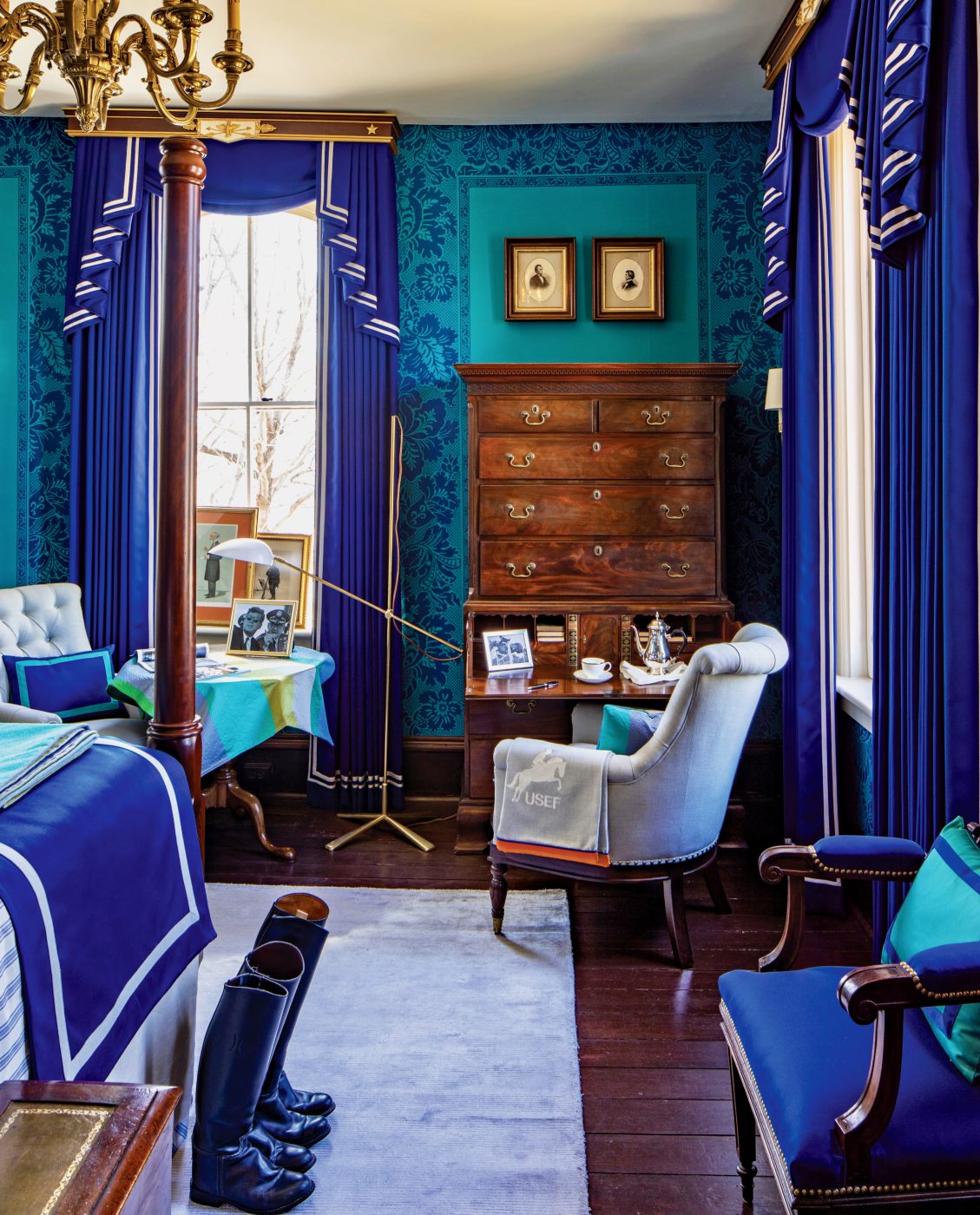
The key is to draw modern associations that cast historic styles in a new light. Day, Katillac observes in the book, was working in North Carolina at a time of substantial Scottish and English migration. “His use of Gothic arches, strapping, trefoils and other familiar baronial motifs may have been a response to client preferences,” she says.
The wallpaper, then — based on one from Dundurn Castle, in Ontario, the home of the Scottish-Canadian railroad magnate Sir Allan Napier MacNab and boasting delicate tracery — evokes Day’s memory. Katillac also used Dundurn Gothic (like the castle itself probably named for Dundurn, Scotland) in the Bingham dining room.
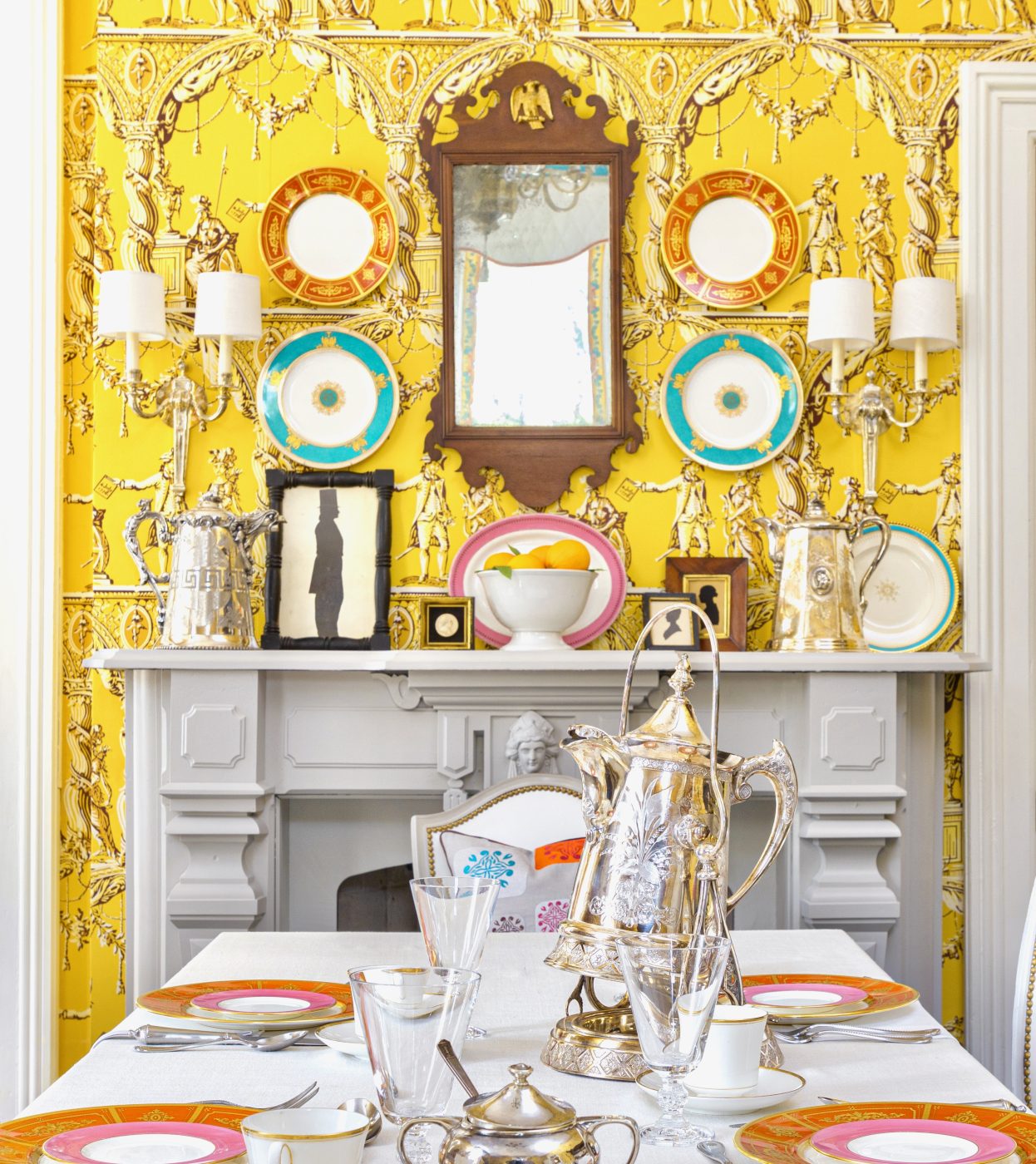
Similarly, Katillac says you can use color symbolically. For the dining room of the Henry Blosser House, in Malta Bend, Missouri, she drew inspiration from Thomas Jefferson’s “chrome yellow” Monticello dining room — a hue she believes was deliberately anti-imperialist by virtue of its being humbler than emerald (used by George Washington for his dining room at Mount Vernon). She maintains it was a coded renunciation of the Old World order that embodied the values of the new republic.
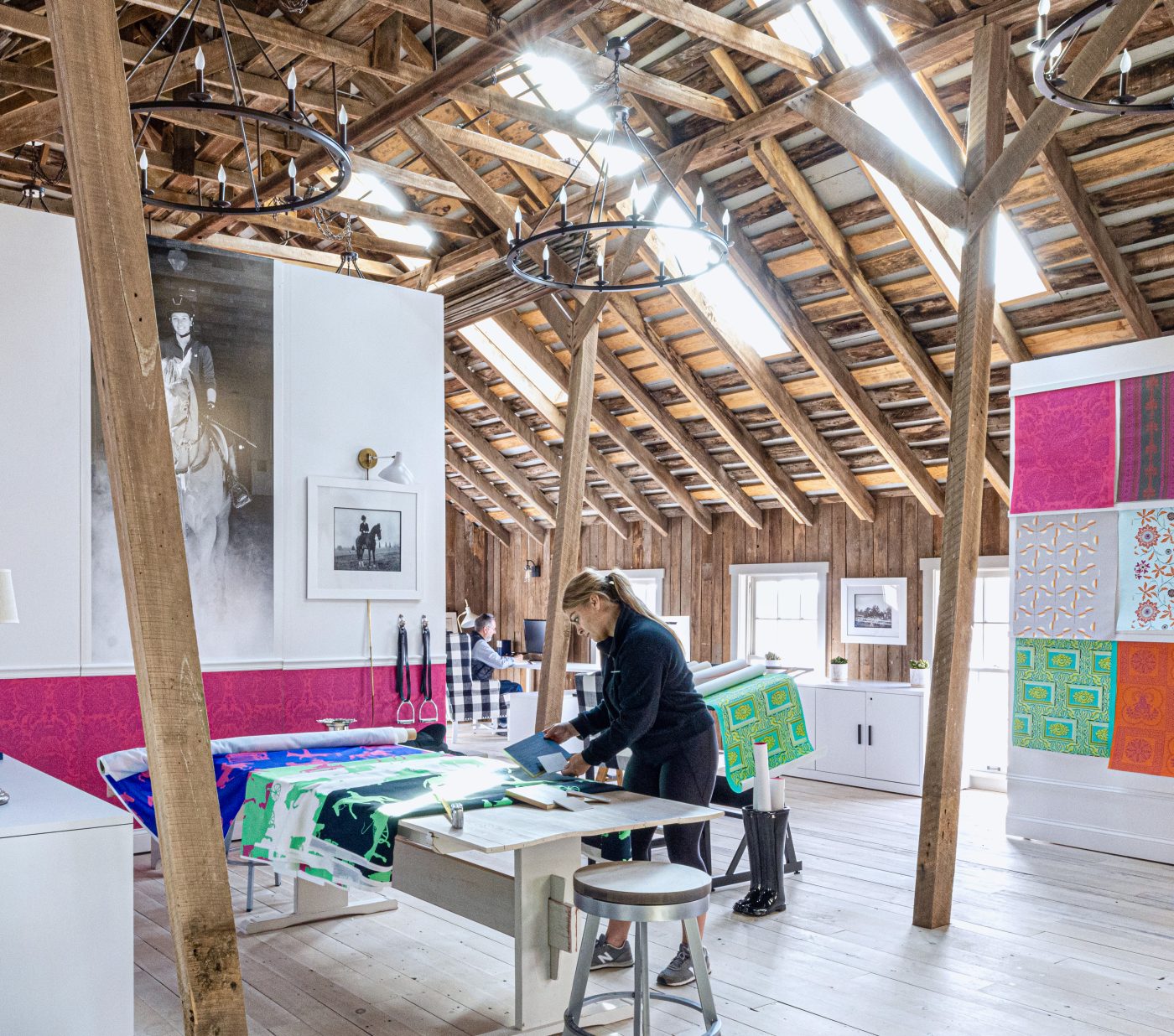
“That color came about during the time Sally Hemings was the default head of the household at Monticello,” says Katillac. It’s not illogical to wonder, then, whose taste was responsible for this. Might they have picked it together for the anti-imperalist reasons noted above? Or was it just a favorite shade for both of them?
Yes, the designer’s riffs and what-ifs can sometimes seem fanciful. But the likeliness or unlikeliness of them is beside the point for Katillac, who feels it’s more important “to actually have a theory and follow it through to see if you can shift a connotation of a style.”
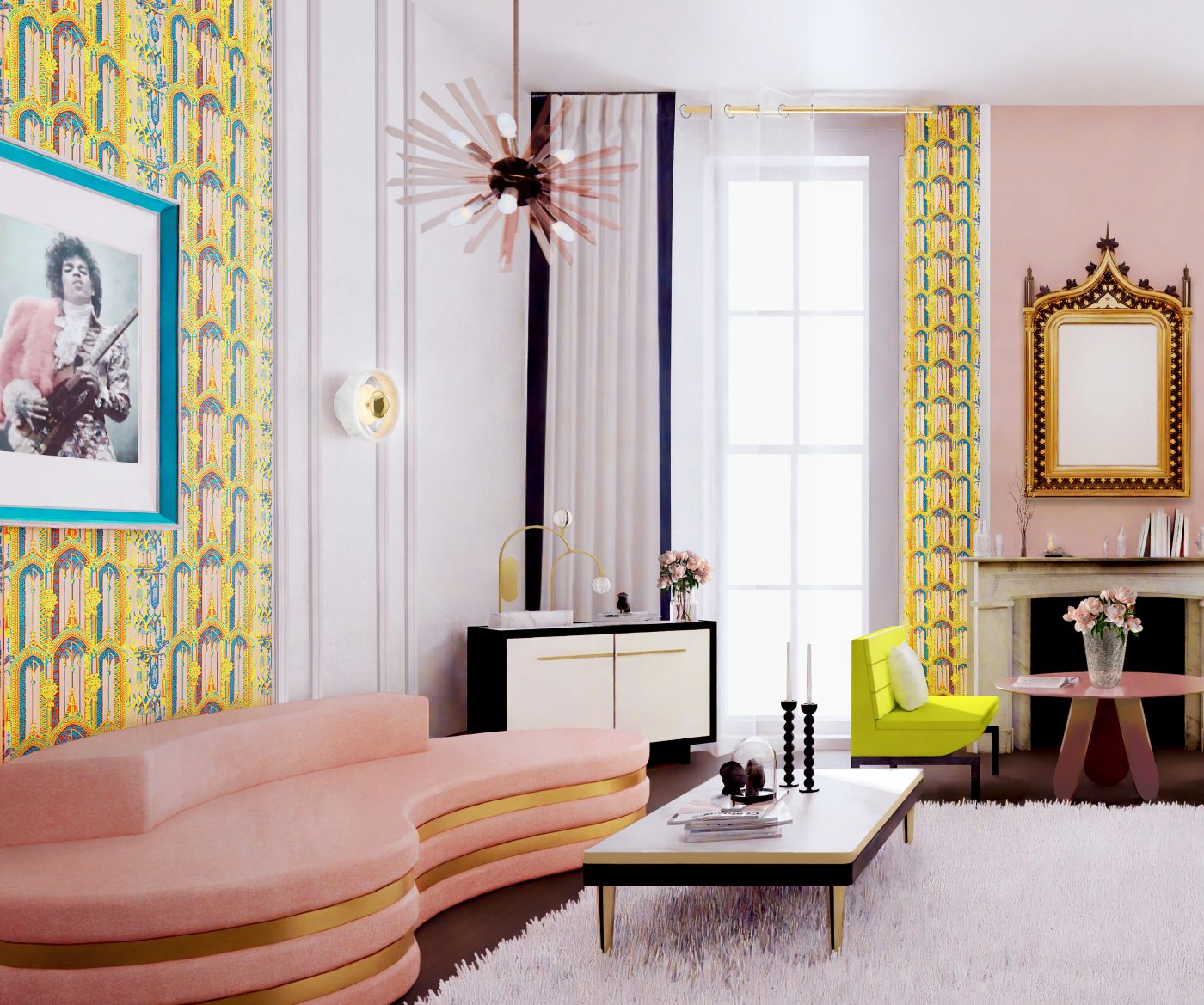
She did this in a concept room presented in Historic Style, located in the Hotel Kansas City, formerly the Gothic-inspired gentleman’s Kansas City Club, founded in 1882. The space is in the “Design Lab” portion of the book, where Katillac walks readers through her process of morphing a historical style into something vibrantly modern (there are two concept rooms in this section). She imagined the room as a VIP suite in the hotel that improvises irreverently on the architecture’s imposing medieval style with its pious associations and turns the ideas of a gentleman’s club as a bastion of masculinity on its ear.
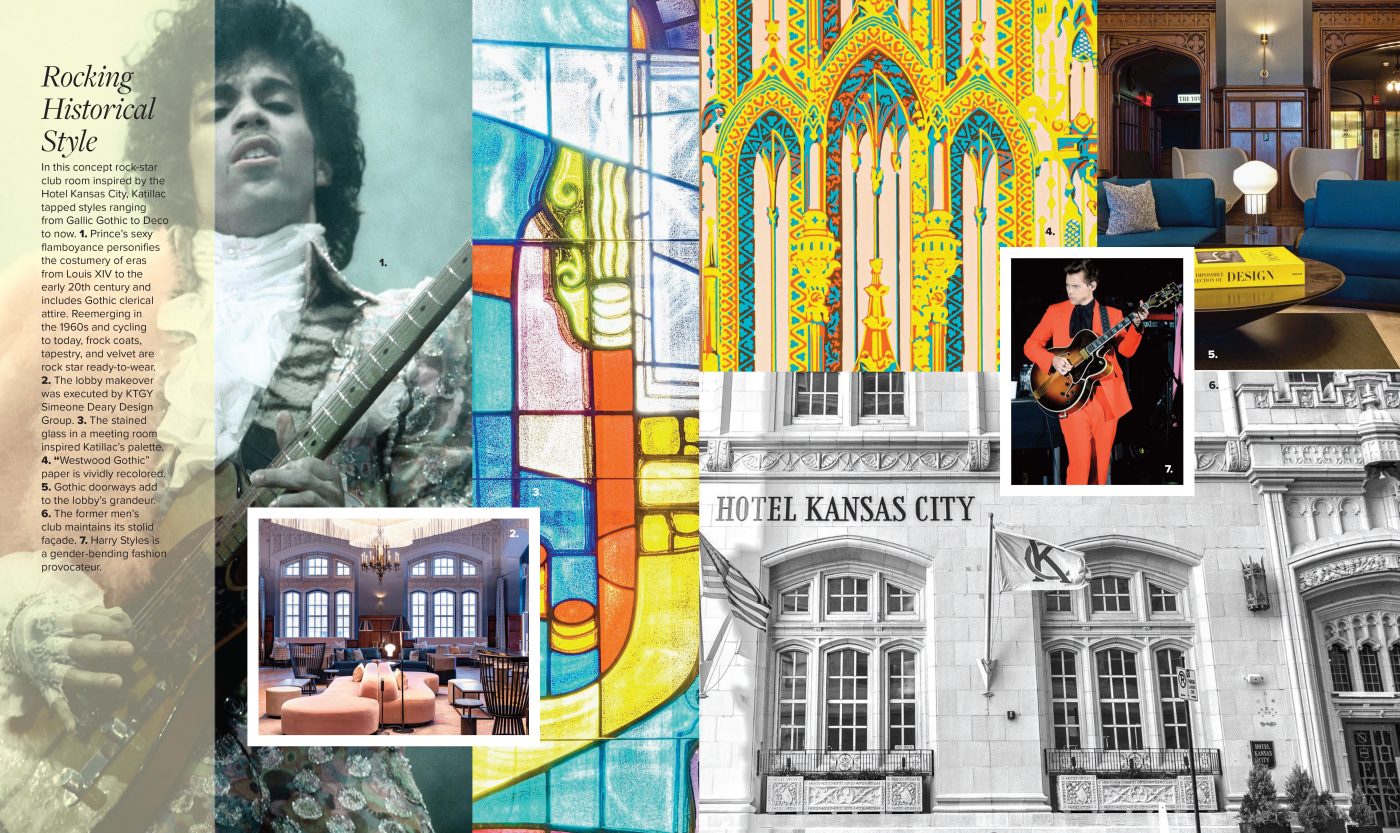
Her starting point, as in many rooms throughout the book, was historic wallpaper — here Westwood Gothic (all the papers are from Adelphi) — which she had made in a citrine yellow, turquoise and orange color palette. Katillac appointed the space in a mash-up of furnishings, including a French Gothic giltwood mirror, a retro turquoise sofa attributed to Harvey Probber, banquette sofas from KGBL, a pair of sputnik chandeliers and a 1970s-style white shag rug.
Two photographs face each other across the room. One is of Prince, who, notes Katillac, dressed flamboyantly in tapestry frock coats, ruffled shirts and velvet (references to period styles and their appropriation during the glam rock era, when it was considered by some as part of the feminization of men). The second is of Harry Styles, another gender-bending fashion provocateur.
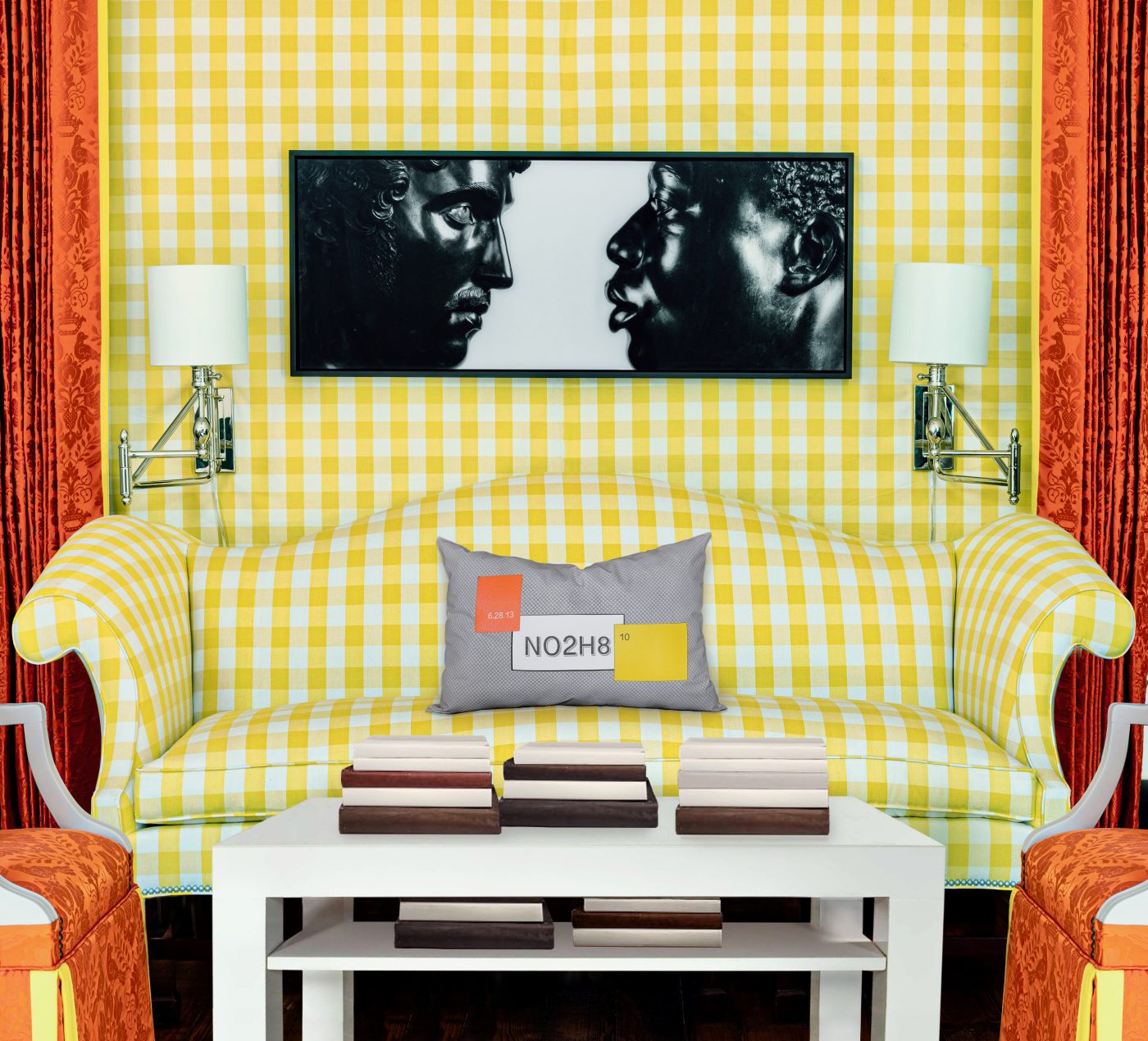
Art plays a part in another restored Arrow Rock home: Aderton, the designer’s own residence. Over a yellow-gingham-upholstered Chippendale sofa in one room, for instance, Katillac mounted a manipulated photograph by contemporary Latinx artist Ken Gonzales-Day, whose work interrogates the historical construct of race, as well as heteronormative notions of gender and sexuality.
The photo is from a series the artist took of statuary at the Getty Villa in Los Angeles, which he manipulated into imagined proximities and relationships. This image combines two busts — the 1758 portrait head of a Black man by English artist Francis Harwood and a circa 1520 copy of an idealized Roman male bust by Antico. The implication of their physical closeness and tight cropping is that they are biracial male lovers.
The Gonzales-Day photograph hangs above a custom pillow on the sofa that reads NO2H8. This stands for “No to Hate,” the movement that sprung up around the 2008 ballot initiative Prop 8 banning same-sex marriage in California, which passed but was overturned in court.
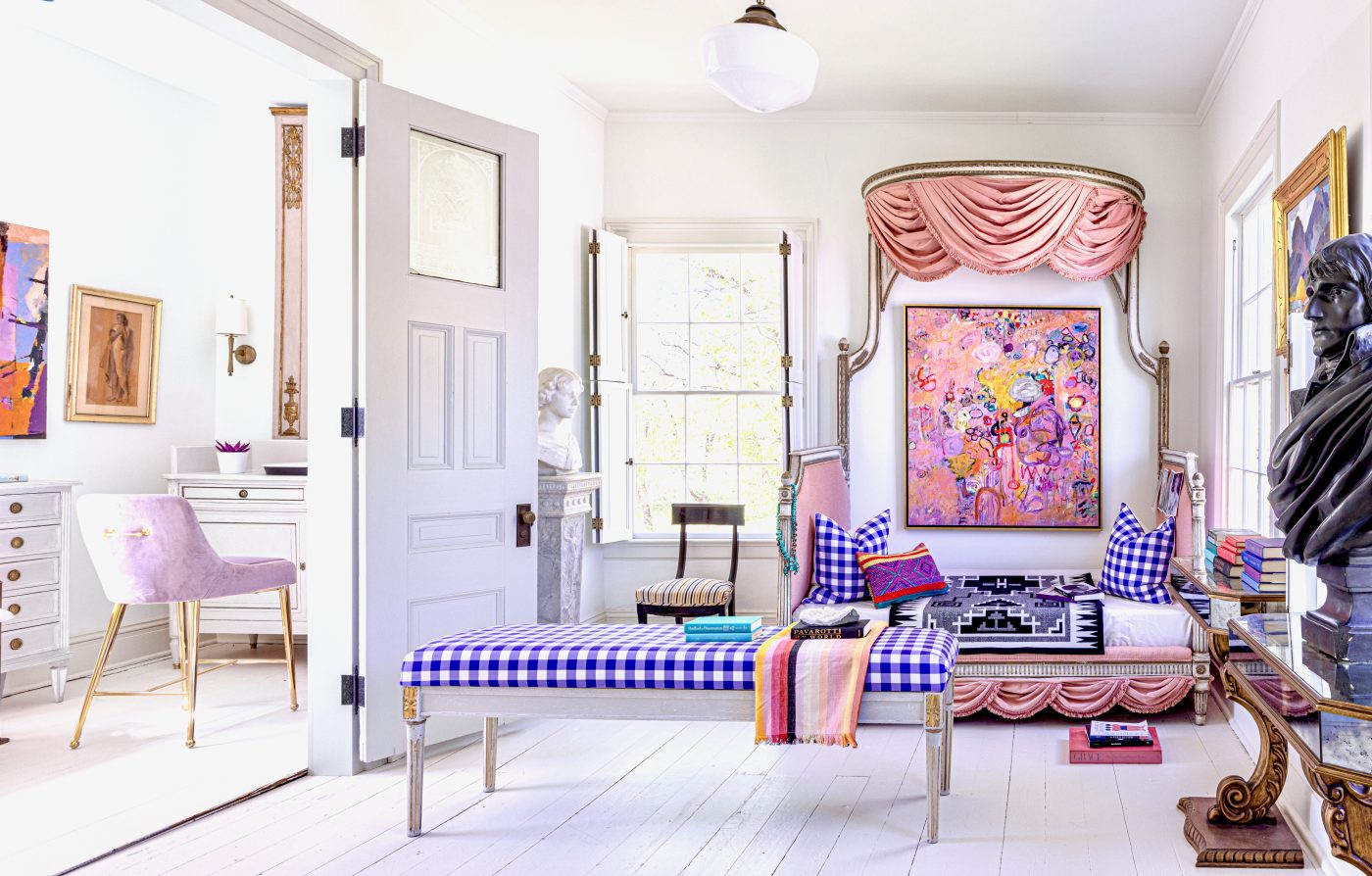
Aderton displays other typical Katillac touches: Taos Pueblo turquoise jewelry mixes with a Pendleton blanket in a Navajo-style pattern on a Maison Jansen–style French bed with a pink ruched corona and skirting. Pottery by Native American Tewa artist Maria Martinez is displayed on a farm table in front of an American Classical box sofa in the west drawing room. A modern counterweight pendant hangs above the table, while the room is wrapped in a restored circa 1824 Zuber mural depicting the history of America.
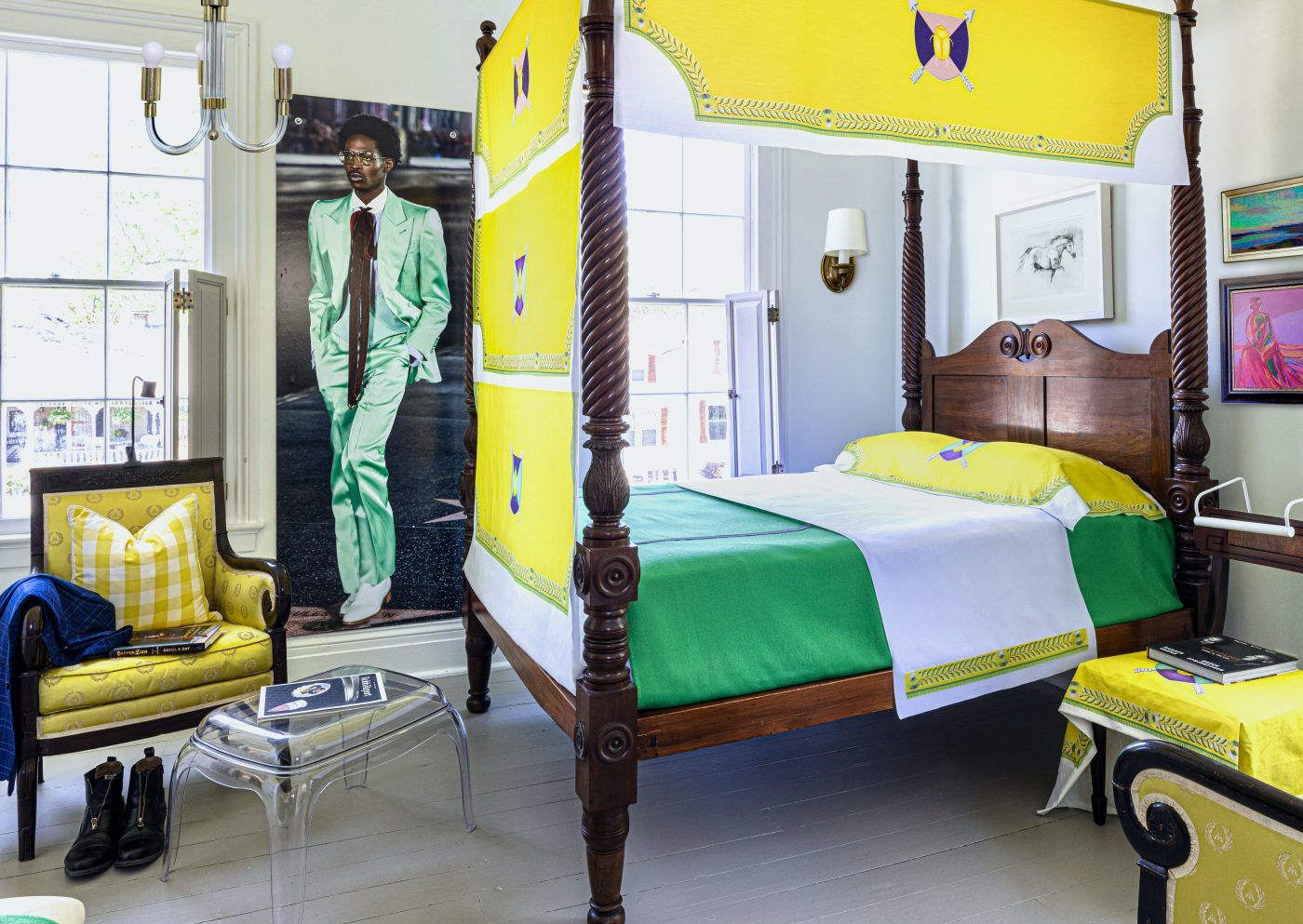
Katillac’s objective for her book is ambitious: a wholesale recontextualization of the way we preserve and restore historic buildings. She acknowledges the inherent complexities, particularly around the idea of appropriation. “If we’re going to use cultural symbols, it has to be done with consciousness and relevance to the people whose symbols those are,” she says.
But she believes this approach “reframes the past and moves it forward as a better version of itself. It opens the doors of America’s historical houses to everyone.”
